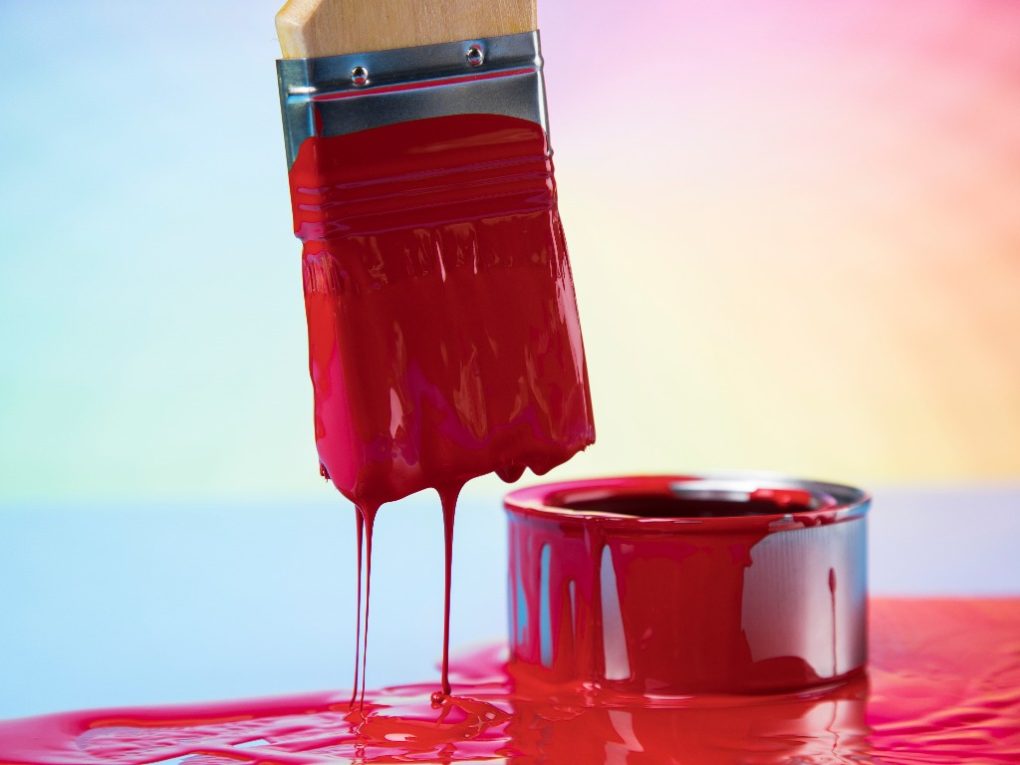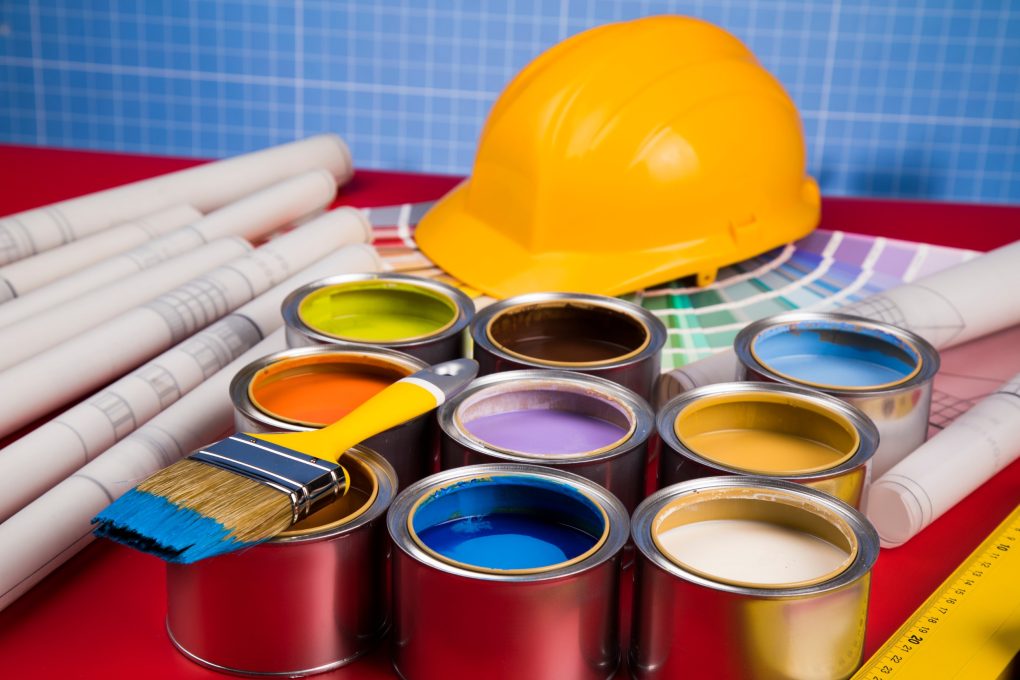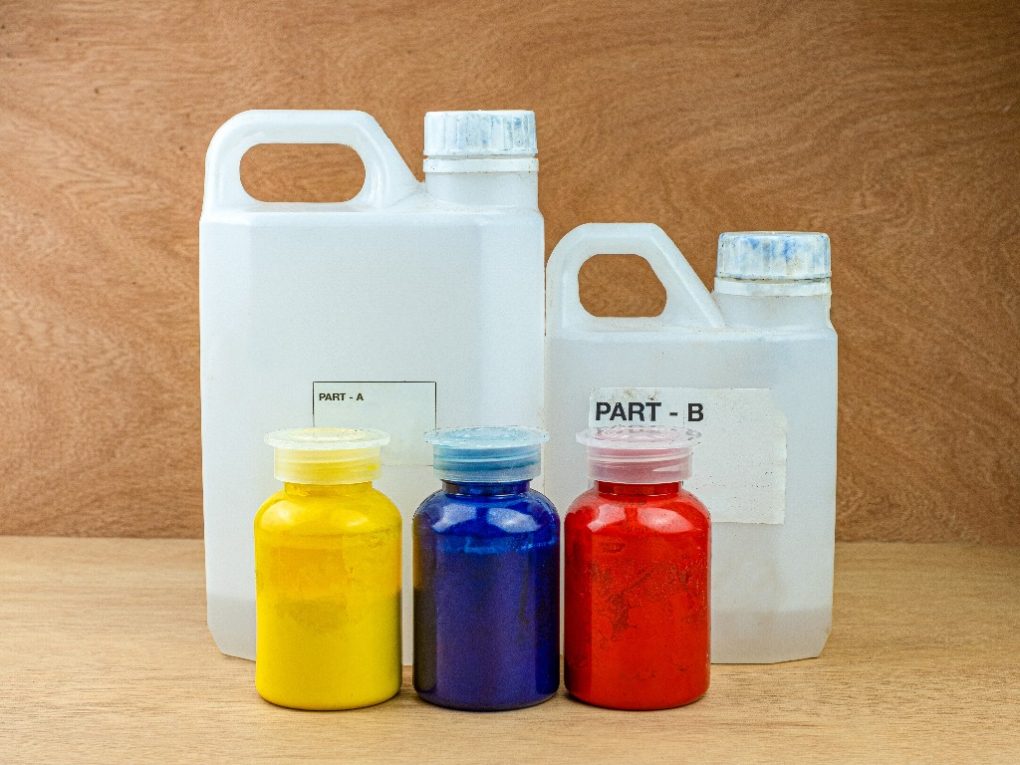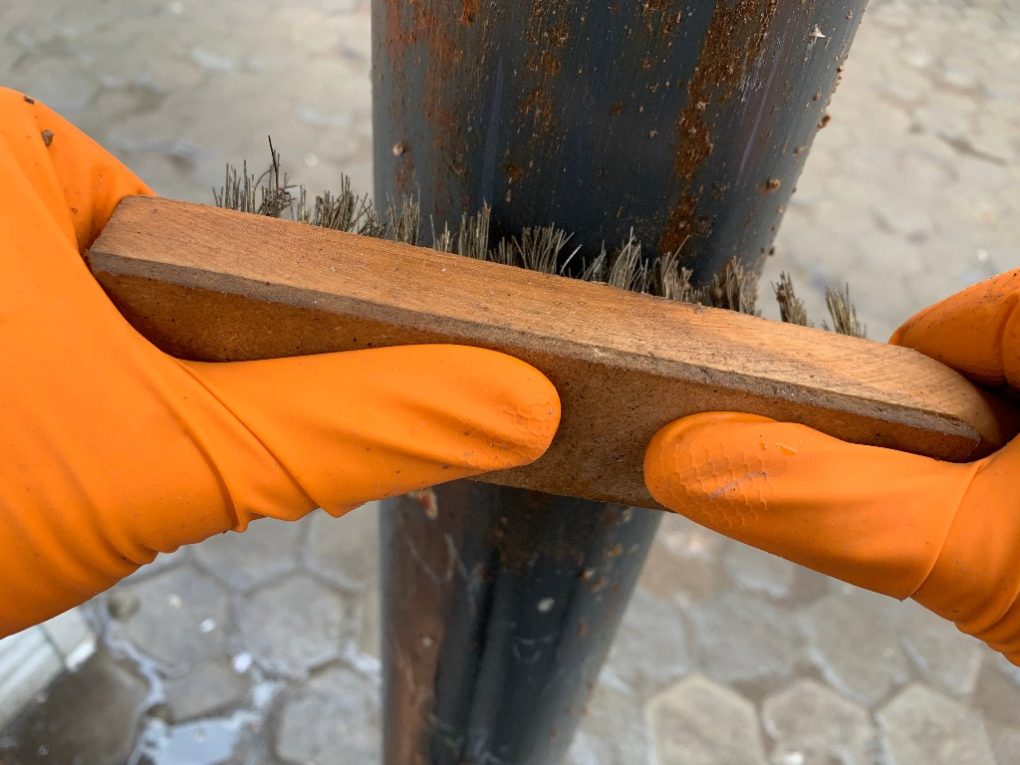What Paint to Use on Metal: A Guide for DIY Enthusiasts
Oil-based paints are one of the best paints to use on metal. Oil-based paint is a type of coating that is specifically formulated for use on metal surfaces. It is made by combining pigments, binders, and solvents, with the primary binder being an oil-based resin, such as linseed oil, alkyd resin, or a combination of oils.


Different types of metal require different types of paint, and using the wrong paint can lead to poor adhesion and premature failure. There are several factors to consider when choosing the best paint for metal surfaces. One of the most important factors is the type of metal being painted. Other factors to consider include the following:
- The location of the metal surface
- The level of exposure to the elements
- The desired finish
Types of Paint for Metal
Oil-Based Paint
Oil-based paints for metal typically contain a high concentration of pigments to ensure good coverage and durability. In addition, pigments used in metal paints are often highly resistant to fading, chalking, and other forms of weathering, as well as corrosion and rust, making them ideal for protecting metal surfaces.
In oil-based paints for metal, the binder is typically an oil-based resin, such as linseed or alkyd resin. These binders are known for their excellent adhesion to metal surfaces, allowing the paint to form a tough, durable film that adheres well to the metal and provides long-lasting protection.
Also, the solvents used in oil-based paints for metal are typically mineral spirits, turpentine, or other petroleum-based solvents. These solvents evaporate slowly, allowing the paint to flow smoothly and evenly, and they also help the paint penetrate the pores of the metal surface for better adhesion.
Oil-based paints for metal generally have a slower drying time than other paints, typically taking several hours to dry to the touch and several days to cure fully. This slow drying time allows the paint to level out and form a smooth, glossy finish, and it also gives the paint more time to penetrate the metal surface and form a strong bond.
Oil-based paints for metal are typically dry to a glossy finish, enhancing the painted surface’s appearance and protecting against moisture, UV rays, and other environmental factors that can cause corrosion and rust on metal surfaces.
One of the key advantages of oil-based paint for metal is its excellent durability. Once fully cured, oil-based paint forms a hard, tough film that is highly resistant to chipping, peeling, and cracking. It also provides a protective barrier against moisture, chemicals, and other corrosive substances, making it ideal for use on metal surfaces exposed to harsh conditions or frequent use.
Acrylic Paint
Acrylic paint for metal is a type of coating formulated with acrylic resin as the binder, a water-based polymer. Acrylic paint is known for its quick drying time, ease of use, and versatility, making it a popular choice for painting metal surfaces.


The main binder in acrylic paint for metal is an acrylic resin, a water-based polymer that forms a durable film when it dries. Acrylic resin is known for its excellent adhesion to metal surfaces and flexibility, allowing it to expand and contract with temperature changes without cracking or peeling.
Acrylic resin also provides good resistance to UV rays, moisture, and chemicals, making it suitable for outdoor applications. Acrylic paints for metal contain a wide range of pigments, including organic and inorganic ones, which resist fading and provide long-lasting color. Acrylic paints offer various colors and finishes, including matte, satin, and gloss.
Furthermore, acrylic paintings are water-based, which means they can be thinned and cleaned up with water. This makes it environmentally friendly and easy to clean up, compared to oil-based paints that require solvents for thinning and cleanup. It also has low levels of volatile organic compounds (VOCs), making it a safer option for indoor use.
Acrylic paint for metal has a relatively quick drying time compared to oil-based paints. It typically dries to the touch within 30 minutes to an hour and fully cures within three to four days, although drying times may vary depending on the thickness of the paint and environmental conditions. This fast drying time allows for quicker recoating and reduces the risk of dust or dirt settling on the wet paint.
Acrylic paint can dry to various finishes, including matte, satin, and gloss. The finish can be further enhanced using a clear sealer or varnish over the dried paint to protect the surface and provide additional durability.
Epoxy Paint
Epoxy paint is a coating formulated with epoxy resins as the binder, a two-component system consisting of a resin and a hardener that must be mixed before application. Epoxy paint is known for its exceptional durability, chemical resistance, and adhesion to metal surfaces.
The main binder in epoxy paint for metal is an epoxy resin, a thermosetting polymer that forms a strong and durable film when it cures. Epoxy resins are known for their excellent adhesion to metal surfaces and resistance to chemicals, moisture, and UV rays. Epoxy resin is also durable, making it suitable for demanding environments and high-traffic areas.
Epoxy paint for metal has a relatively longer curing time than other paint types. Depending on the specific product and environmental conditions, it typically requires several hours overnight for the paint to dry and about seven days to cure fully. Once cured, epoxy paint forms a tough and durable film resistant to chipping, peeling, and cracking, providing long-term protection for metal surfaces.


This paint offers excellent adhesion to various metal surfaces, including steel, aluminum, and iron. It forms a strong bond with the metal substrate, which helps prevent paint from flaking or peeling over time. Proper surface preparation, such as cleaning, sanding, and priming, is crucial to ensure optimal adhesion and performance of epoxy paint.
Epoxy paint is also highly resistant to chemicals, making it ideal for applications where the painted surface may come into contact with aggressive chemicals or corrosive substances. It can withstand exposure to acids, alkalis, solvents, and other chemicals without losing its integrity, which makes it suitable for industrial, automotive, and marine applications.
Factors to Consider When Choosing Paint for Metal Surfaces
Metal Type and Surface Preparation
Before choosing paint for metal, it is important to identify the type of metal surface you are painting. Is it ferrous or non-ferrous? Ferrous metals include steel, cast iron, and wrought iron. Non-ferrous metals include aluminum, copper, and brass. The type of metal will determine the type of paint that will work best.


In my experience, proper surface preparation is essential for achieving a long-lasting finish on metal surfaces. The surface should be cleaned thoroughly to remove dirt, rust, or other contaminants. Sanding or wire brushing may be necessary to remove loose paint or rust. A primer may also be necessary to ensure good adhesion and corrosion resistance.
Application Method and Drying Time
The method of application can also affect the performance of the paint. For example, brushing, rolling, or spraying may be used depending on the type of paint and the size and shape of the metal surface. For example, some paints may require multiple coats or a specific thickness to achieve optimal performance.
The drying time of the paint can also be an important factor. Some paints may dry quickly, while others may require several hours or days to cure fully. Therefore, following the manufacturer’s instructions for drying time is important as avoiding exposing the painted surface to moisture or other environmental factors until the paint is fully cured.
